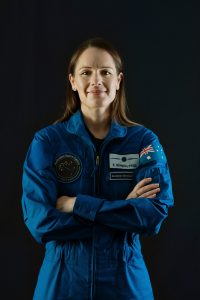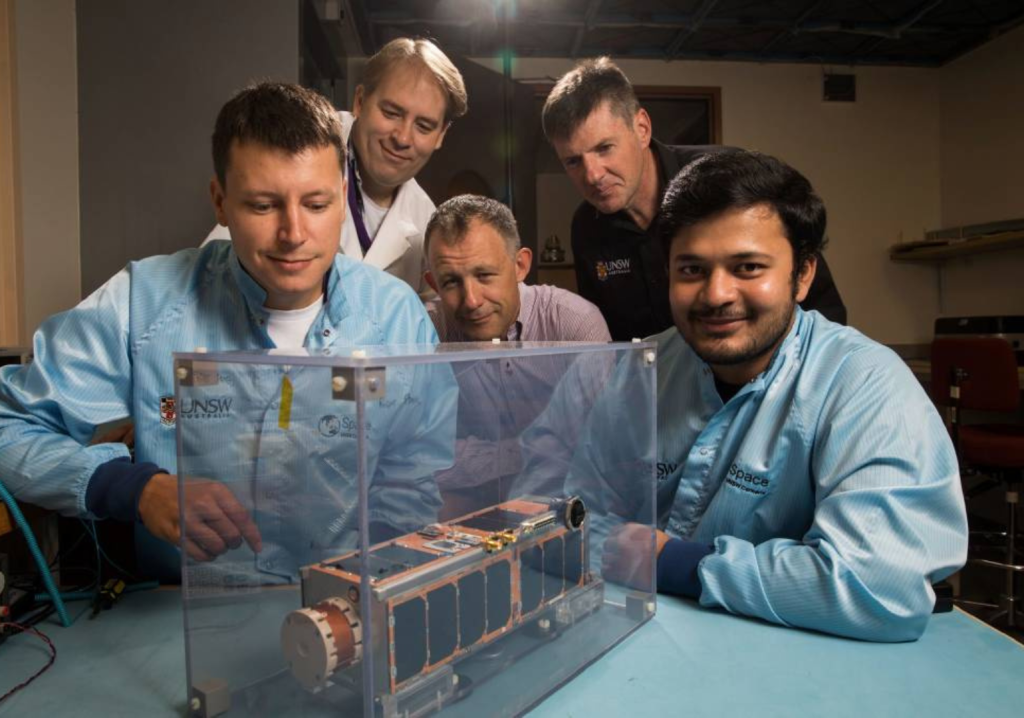What skills does it take to go to space? We take a look at the Australian Space Agency’s plans to develop the space sector and hear from four of the engineers working behind the scenes.
Every day, the engineers and specialists of the Australian Space Agency (ASA) use their diverse set of technical and engineering skills to make Australia a contender in the next space race.
And the people of the ASA are doing whatever they can to help advance Australia’s position in the global space economy.
The agency has led the establishment of Australia’s space sector as a globally competitive player, driving the development of national policy that helps accelerate the country’s space industry and brings together its civil space strategy and defence space strategy.
Additionally, the ASA is focused on a more nimble approach, supporting and accelerating industry and partnering with businesses to facilitate their own growth.
This has created a diverse set of ambitious goals and objectives for an organisation that only officially opened its doors in 2020.
Blasting off
Driving the development of a new industry and supporting the green shoots of Australia’s space sector requires a strong foundation.
The ASA says Australia already has a competitive advantage thanks to its engineering, science and mathematics capabilities.
This includes areas as varied as traditional disciplines like aerospace, mechanical and chemical engineering through to more digital skill sets such as game developers, who build games in virtual and augmented reality to analyse and simulate data through machine-learning processes and make intelligence decisions, and even cybersecurity specialists.
Among the ASA’s significant goals are to: act as the heart of the nation’s space industry; provide a platform that knits together technical and professional expertise to help guide government policy and regulate the country’s space activities; help Australia’s space-focused business to secure funding opportunities; and provide a platform for international engagement.
This international engagement is already paying dividends, with Australia’s skills contributing to NASA’s Artemis program, a mission to establish a human settlement on the moon and use it as a launchpad for further space exploration.
But what does the ASA have on its immediate agenda?
The “first thong print” on the moon
An early ASA goal is to land a human on the moon for the first time in more than 50 years — and eventually the first person on Mars.
Until then, the nation is using its engineering skills to get an Australian-made robotic rover to the moon in the coming years.
The ASA aims to have, by 2026, a remote-controlled rover on the moon collecting lunar soil, known as regolith. NASA will study the soil as part of its Artemis program, a mission to establish a sustainable human presence on the moon.
This rover development is part of an ASA-led campaign called “G’Day Moon”, which, in its own words, is gunning to get “the first thong print on the moon”.
Using Australia’s engineering and technical skills in autonomous and robotic operations, the rover leans on the expertise and experience developed in Australia’s own mining industry for its design.
This puts the engineers ahead of the game, as — similar to a mine site — the remotely operated rover will have to face a dusty, harsh environment and extreme temperatures.
Meet the players
With the ASA trying so many goals, just who are the people driving Australia’s space race?
And how are they using their skills to help further Australia’s mission to the moon, Mars and beyond?
Below, create meets some of the people behind the scenes at the ASA. They discuss how their engineering expertise influences their work across leadership, policy, regulation and technical advice in program delivery areas. In addition, create asks them what motivates them and their future vision.
Katherine Bennell-Pegg

“I love being a space systems engineer because I enjoy creatively solving problems in a team environment. I have spent over a decade developing space missions, technologies and programs across more than six countries.
“Missions I’ve worked on include LISA Pathfinder, Mars Hopper technologies, and Orion future concepts.
“Through my training as an astronaut, I am working with our international partners to unlock opportunities for our scientists and engineers, accelerate opportunities for Australians to become more involved in human spaceflight, and help inspire the next generation of the STEM workforce.”
Bennell-Pegg is an Australian astronaut candidate.
Alexandra Wickham
“It influences my understanding of risk, systems and analyses, has supported development of professional judgement, given me a language to communicate in, and the ability to synthesise disparate information.
“Space is a fantastic sector to work in, as we are continually learning new concepts to keep up with evolving technology developments.
“I have seen the steady increase of new technology developed in Australia to be successfully launched and tested in orbit, and it is exciting to be part of the process which enables this.”
Wickham is Principal Space Operations Assessor, Office of the Space Regulator.
Arvind Ramana
“From technical oversight of Australia’s first lunar rover to supporting international diplomacy via subject matter expertise and scoping pathways for improving productivity of our critical sectors such as mining and agriculture through use of space technology, my everyday job relies upon my engineering expertise.
“My background helps in selecting the projects that will provide the best return on investments for the taxpayer dollars.”
Ramana is Director, Space Programs, National Space Capability, Technology and Programs Branch.
Aude Vignelles
“A background in engineering is critical to informing space policy design, and in assessing the feasibility of the projects the Australian Space Agency is supporting, to ensure the strongest outcomes for our nation.
“Engineering skills also provide a unique understanding of how [the] government’s bills and policies may also impact our industry.
“All the agency’s major programs, including the International Space Investment Initiative, Space Infrastructure Fund and Moon to Mars initiative have been designed with input from engineers.
“It’s one of the ways we know that projects can be delivered within the budget we have.”
Vignelles is Chief Technology Officer, General Manager — National Space Capability, Technology and Programs Branch.
Journey to the skies
Australia is building a new path towards space using all the skills and capabilities of its engineers, scientists, professionals and entrepreneurs.
The aim is not only to help humanity step foot on the moon once more, but to make lunar living a reality and propel people to Mars and beyond.
The ASA is doing whatever it can to get the country and its industry into space, creating a “whole-of-nation” space strategy, and placing Australian businesses at the forefront using the engineering, technical and scientific skills it has to build a future that is out of this world.
